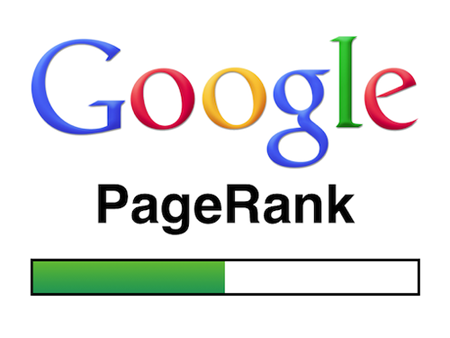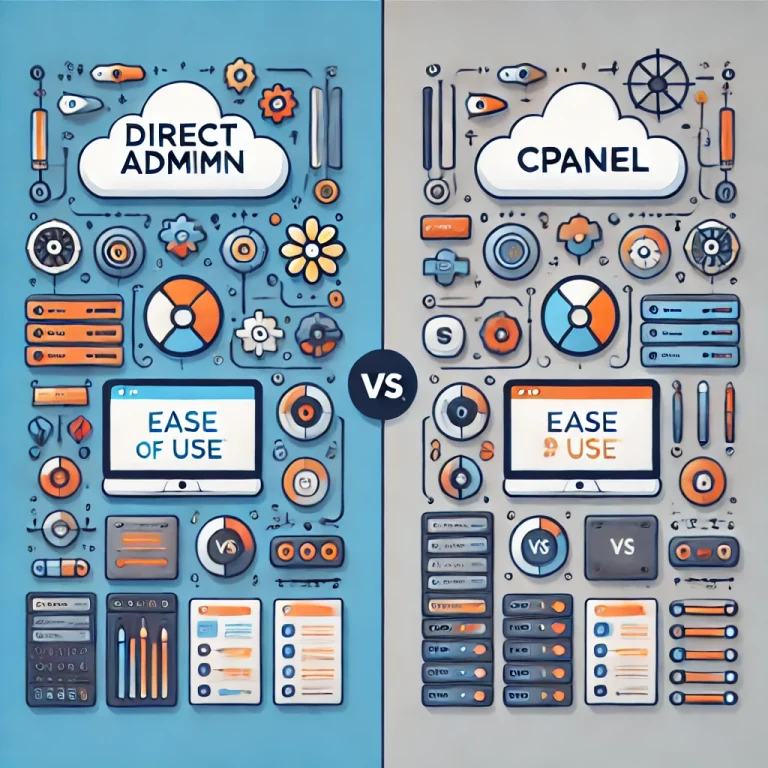Top 16 Common SEO Mistakes and How to Fix Them
In the competitive world of search engine optimization (SEO), it’s crucial to ensure that your strategies are up-to-date and error-free. Many websites struggle to rank due to common SEO mistakes that can easily be avoided. These mistakes not only hinder visibility but can also reduce organic traffic, user engagement, and overall website performance.
In this guide, we’ll dive into the top 16 common SEO mistakes and provide actionable solutions to help you fix them.

Table of Contents
1. Ignoring Mobile Optimization
With more than 50% of global web traffic coming from mobile devices, ignoring mobile optimization is one of the biggest Common SEO mistakes. Search engines like Google prioritize mobile-friendly websites, using a mobile-first indexing approach. If your site is not optimized for mobile, you risk losing rankings and potential customers.
How to Fix It:
- Use Responsive Design: Ensure your website uses responsive design so that it adapts to various screen sizes.
- Test on Multiple Devices: Use tools like Google’s Mobile-Friendly Test to ensure your site functions smoothly across different devices.
- Optimize for Speed: Mobile users demand fast load times, so minimize code, optimize images, and consider a Content Delivery Network (CDN) for faster performance.
2. Failing to Perform Keyword Research
Keyword research is the backbone of any effective SEO strategy. Many marketers either skip this step or rely on outdated keywords, which limits their ability to attract relevant traffic.
How to Fix It:
- Use Keyword Tools: Utilize tools like Google Keyword Planner, Ahrefs, or SEMrush to discover high-volume, relevant keywords.
- Target Long-Tail Keywords: These are less competitive and often result in higher conversion rates.
- Monitor Competitors: Analyze what keywords your competitors are ranking for, and look for gaps where you can capitalize.
3. Overloading with Keywords (Keyword Stuffing)
Keyword stuffing—overusing keywords in an attempt to manipulate rankings—is an outdated practice that can get your site penalized by search engines. Instead of helping, it disrupts the flow of content and reduces user experience.
How to Fix It:
- Focus on Natural Language: Write content that naturally integrates your keywords without overloading. Aim for a keyword density of 1-1.5%.
- Use Synonyms and Related Terms: Google’s algorithms now recognize semantic relationships between words, so use variations of your target keywords.
- Prioritize User Experience: Always write with the reader in mind, ensuring the content is clear, helpful, and engaging.
4. Neglecting Meta Descriptions and Title Tags
Meta descriptions and title tags are essential for SEO. These elements influence both rankings and click-through rates (CTR). Ignoring or poorly optimizing these areas can reduce your chances of getting traffic, even if you rank well.
How to Fix It:
- Write Compelling Titles: Use your target keyword at the beginning of the title and keep it under 60 characters.
- Optimize Meta Descriptions: Ensure they are between 150-160 characters, include your primary keyword, and provide a clear call to action.
- Avoid Duplication: Ensure that each page has unique titles and meta descriptions to prevent confusion for search engines and users.
5. Not Using Alt Text for Images
Images are an important part of SEO, but many site owners forget to use alt text. Alt text helps search engines understand what an image represents, improving your chances of ranking in image search results.
How to Fix It:
- Add Descriptive Alt Text: Ensure all images have descriptive, keyword-rich alt text that clearly explains the image’s content.
- Compress Image Files: Use formats like JPEG or WebP to maintain image quality while minimizing file size, enhancing load speed.
6. Poor Website Structure and Navigation
A well-organized website makes it easier for users to find information and for search engines to crawl and index your pages. Disorganized or overly complex site structures can hurt your SEO efforts.
How to Fix It:
- Use Clear Navigation: Ensure your menu is easy to navigate, and group related content together.
- Implement Internal Linking: Use internal links to help guide users and search engines through related content on your site.
- Create an XML Sitemap: Submit an XML sitemap to Google Search Console to help search engines understand your site’s structure.
7. Not Using HTTPS
Security is a ranking factor, and sites without HTTPS encryption are often penalized in rankings. Users also trust secure sites more, which can improve overall engagement.
How to Fix It:
- Switch to HTTPS: Obtain an SSL certificate and implement HTTPS across your entire site.
- Redirect HTTP Pages: Use 301 redirects to ensure that any old HTTP links point to the HTTPS version.
8. Ignoring Page Load Speed
Page speed is a critical factor both for user experience and search rankings. Slow-loading pages frustrate users and are less likely to rank well in search engines.
How to Fix It:
- Optimize Images and Videos: Compress files and use lazy loading to delay loading images until they are needed.
- Minimize JavaScript and CSS: Remove unnecessary code and combine files to reduce the number of requests made by your server.
- Use Browser Caching: Leverage caching so returning visitors don’t have to reload the entire page every time.
9. Not Creating Quality Content
Poor-quality content not only provides little value to users but also ranks poorly in search results. Google’s algorithms reward content that is original, informative, and helpful.
How to Fix It:
- Create Comprehensive Content: Write long-form content that covers topics thoroughly.
- Use Proper Formatting: Break up text with headings, subheadings, bullet points, and images to make it easier to read.
- Regularly Update Content: Refresh old content with new data, examples, and updates to maintain relevance.
10. Not Optimizing for Local SEO
If you run a local business, neglecting local SEO can cost you valuable traffic. Many businesses fail to optimize their Google My Business profile or use local keywords.
How to Fix It:
- Claim and Optimize Google My Business: Ensure your listing is up-to-date with accurate business information.
- Use Local Keywords: Target keywords that include your city or region to increase local visibility.
- Encourage Reviews: Positive reviews boost your local SEO and help build trust with potential customers.
11. Overlooking Broken Links
Broken links can hurt both user experience and SEO by sending visitors to pages that no longer exist.
How to Fix It:
- Use Tools to Find Broken Links: Regularly check your site with tools like Ahrefs, Screaming Frog, or Google Search Console to find broken links.
- Fix or Remove Broken Links: Either update the link to the correct page or remove it altogether.
12. Not Using Schema Markup
Schema markup helps search engines understand your content better, which can enhance your search result listings with rich snippets.
How to Fix It:
- Implement Structured Data: Add schema markup for things like reviews, products, and events.
- Use Google’s Structured Data Testing Tool: Check that your schema is correctly implemented and error-free.
13. Duplicate Content Issues
Duplicate content confuses search engines, making it harder for them to decide which version of a page to rank, often leading to lower rankings.
How to Fix It:
- Avoid Content Duplication: Make sure that each page has unique content, including meta tags.
- Use Canonical Tags: If you must have duplicate content (e.g., product pages), use canonical tags to point to the preferred version.
14. Ignoring Social Signals
Social media doesn’t directly influence SEO rankings, but strong social signals can increase your content’s visibility, leading to more traffic and backlinks.
How to Fix It:
- Promote Content on Social Media: Share your content across platforms to generate engagement and social signals.
- Encourage Sharing: Include social sharing buttons on your blog and other content pages.
15. Not Monitoring SEO Performance
Many marketers set up their SEO strategy and forget about it. Failing to monitor performance can lead to missed opportunities for improvement.
How to Fix It:
- Use Google Analytics and Search Console: Track key metrics such as organic traffic, bounce rates, and keyword rankings.
- Set Regular Reviews: Periodically audit your site and adjust strategies based on performance data.
16. Focusing Solely on Rankings
SEO is not just about ranking higher but about delivering value to your users. Obsessing over rankings can lead to short-term strategies that harm long-term success.
How to Fix It:
- Focus on User Intent: Understand what your audience is searching for and aim to provide the best possible answer.
- Balance SEO with User Experience: Don’t compromise user experience for SEO tactics—both are essential for long-term success.
FAQ
What are the most common SEO mistakes?
The most common SEO mistakes include neglecting mobile optimization, not performing proper keyword research, keyword stuffing, ignoring meta descriptions and title tags, poor site structure, and slow page load speeds. Each of these errors can hinder your website’s visibility in search results and negatively impact user experience.
How can I fix common SEO mistakes on my website?
To fix common SEO mistakes, start by conducting a thorough SEO audit. Focus on optimizing your site for mobile, improving page speed, conducting keyword research, and ensuring your meta tags are optimized. Fix broken links, add alt text to images, and ensure your content is original and high-quality.
Why is mobile optimization important for SEO?
Mobile optimization is critical because search engines like Google use mobile-first indexing. This means they primarily use the mobile version of your website for indexing and ranking. Ignoring mobile optimization is one of the biggest SEO mistakes that can significantly lower your site’s ranking and traffic.
How does keyword stuffing affect SEO?
Keyword stuffing is when a website overuses target keywords in an attempt to manipulate rankings. This SEO mistake disrupts the readability of your content and can lead to search engine penalties, lowering your ranking and hurting user experience.
Why is it important to optimize title tags and meta descriptions?
Optimizing title tags and meta descriptions improves both your search engine ranking and your click-through rates (CTR). When properly optimized with relevant keywords, these elements help search engines understand your page content better and make your listing more attractive to users.
How can broken links hurt my SEO efforts?
Broken links create a poor user experience, as visitors are directed to pages that no longer exist. This common SEO mistake also makes it harder for search engines to crawl and index your site, which can negatively impact your rankings.
Conclusion
Avoiding these common SEO mistakes can significantly improve your website’s performance and visibility in search results. From optimizing for mobile and speed to using the right keywords and creating high-quality content, addressing these errors is key to a successful SEO strategy. Always remember that search engine optimization is an ongoing process, requiring constant monitoring and adjustments. By fixing these common SEO mistakes, you can not only rank higher but also enhance user experience, driving more traffic and conversions to your website.






